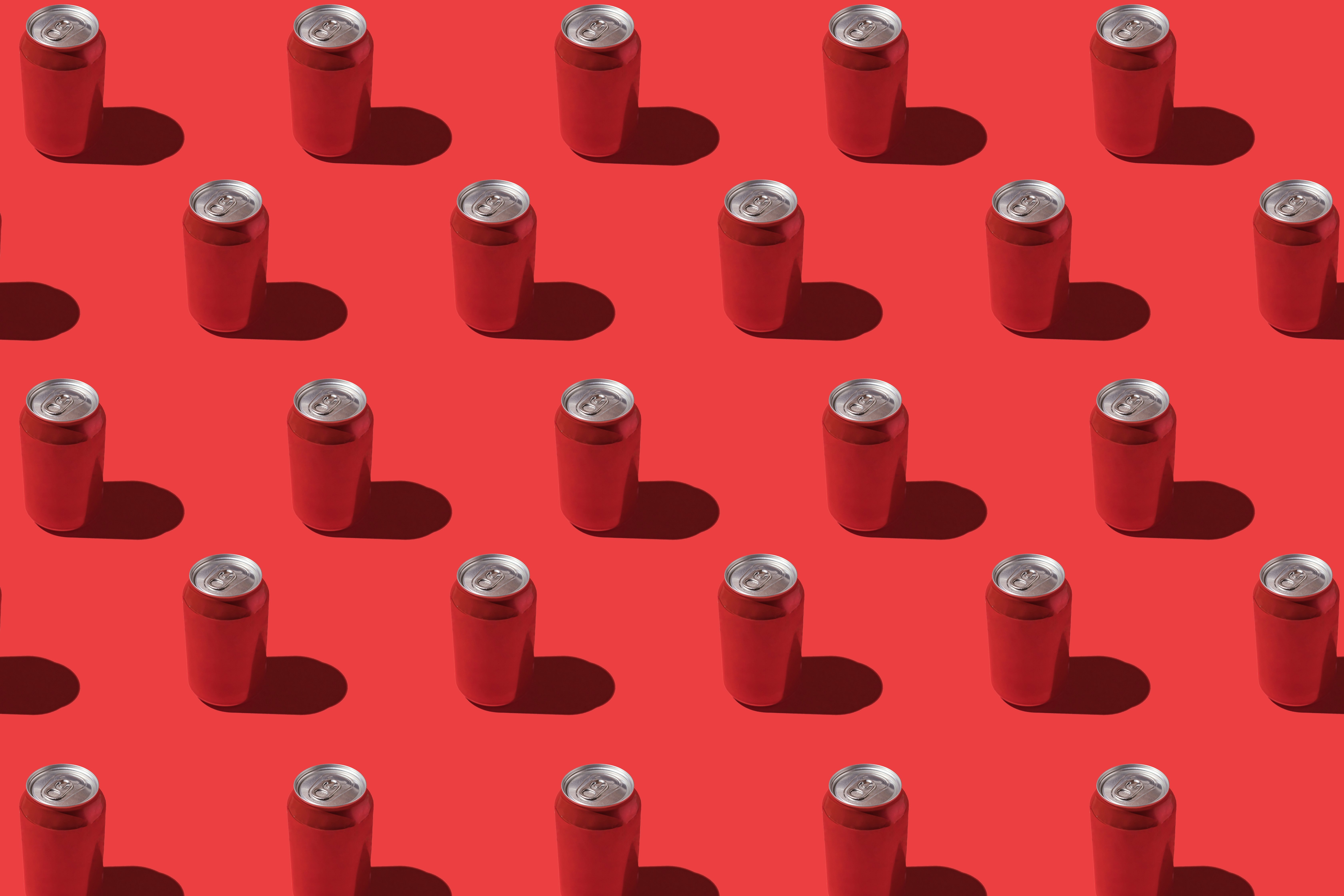
The notion that Coca-Cola contains cocaine is a popular middle school rumor. Even its nickname Coke hints at this secret ingredient. But does the popular soft drink actually contain cocaine? The answer is more complicated than you might think.
Was there ever cocaine in Coca-Cola?
Coca-Cola came about thanks to pharmacist John Pemberton, who invented and sold the product in Atlanta, GA starting in 1886.
Cocaine — as in the white powdered drug — was never part of the original recipe, and is not used in Coca-Cola today. However, the soda gets the first part of its name from the coca leaf, from which cocaine is also derived. Coca-Cola once contained coca leaf extract. Called ecgonine, this substance resembles cocaine but is less processed. There is no coca in Coca-Cola today, though. In fact, the soda has been coca-free since 1929.
The other part of its name, cola, comes from the kola nut, which grows in West Africa and contains caffeine. Coca in its raw form is also a stimulant, so between these two ingredients, it was a potent beverage (and still is to a certain extent).

Where does coca come from?
Coca leaves grow in western South America, and they’ve been around far longer than Coca-Cola. Coca was precious to native Andean peoples like the Wari, Tiwanaku, and Inca, according to paleoethnobotanist Matthew Biwer, a professor at Dickinson College in Pennsylvania.
The earliest known evidence of coca dates back to 6,000 B.C.E., Biwer says, on coastal Peru in the Nanchoc Valley. Archaeologists started finding it in earnest in specimens that date back between 800 and 3,600 B.C.E. in the region. The plant, traditionally consumed as a wad stuck between the lip and the gums, had recreational and ritualistic connotations. As archaeologists began finding more evidence and depictions of coca, they noticed images of people with a wad protruding from their cheek — a coca wad. It’s still used to this day, and not just for making cocaine.
Biwer likens the feeling of chewing these leaves to having a strong cup of coffee in the morning. Chewing coca leaves doesn’t produce nearly the same effect as taking in pure cocaine. “It's not a mind-altering, hallucinogenic effect. When you're just chewing the coca it's more of a mild, subdued, pleasant effect.”
It’s also used to make offerings. Biwer recalls witnessing rituals in which coca leaves are presented or burned for nature deities.
He says that the amount of cocaine that could come from a dose of coca is “negligible.” While it might show up on a drug test, it certainly won’t keep you going for a three-day bender.
Back in Pemberton’s day, substances like coca and opium were common ingredients because they were feel-good compounds whose life-threatening effects remained unknown. Coca and cocaine are anesthetics in addition to stimulants. Doctors used them as anesthesia while operating. Even pharmaceutical companies were marketing them — that is until patients started dying from accidental overdoses. Pemberton came from a point in history when men hawked a lot of snake oil claiming its curative properties, and before Coca-Cola was just a soda, it was sold as medicine.
Coca is still used medicinally. Tourists who travel to the Andes are advised to take coca tea to quell altitude sickness. It also soothes the stomach and suppresses the appetite.
Have other drugs been used in food?
Almost certainly not in the same way coca was used in Coca-Cola. (Pot brownies don’t count.)
But there’s a rich, tense history of drugs vacillating between medicinal and deviant status, even in today’s times. Just as opiates and coca were once considered legitimate medical drugs, Western medicine has turned its attention back to LSD, psilocybin, and ketamine.
So, there was never technically any cocaine in Coca-Cola — just the extract of the plant that makes it. And despite the fact that the sugar drink is considered a quintessential all-American beverage, its two main components are distinctly not American.







